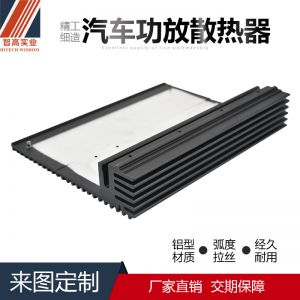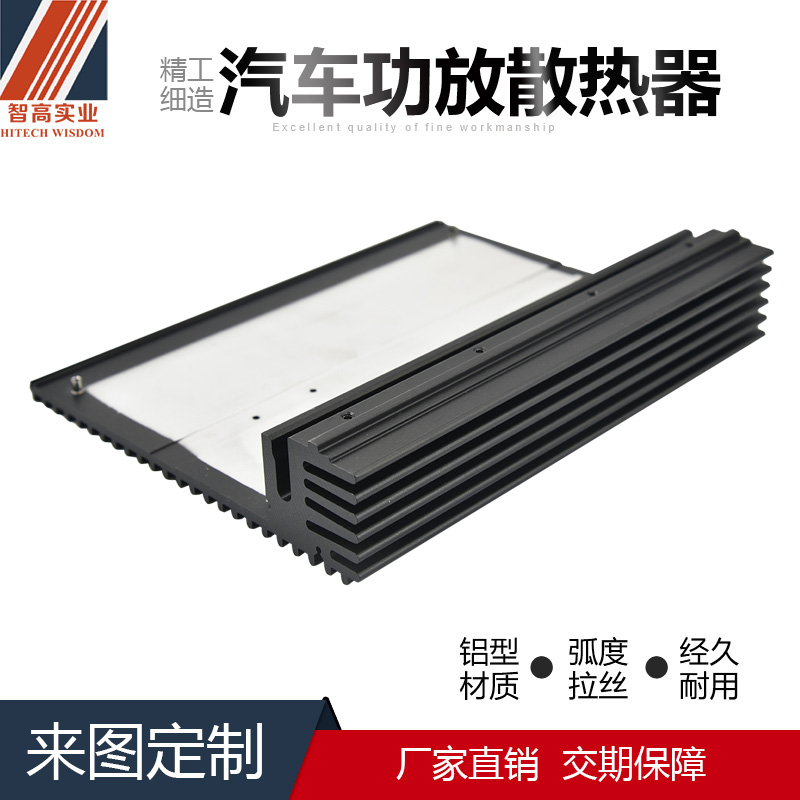

Sometimes you will find that there are some bubbles on the surface or inside of industrial aluminum profiles, and these bubbles are produced during industrial extrusion. The existence of these bubbles makes the product not look so beautiful, and also makes customers have a certain degree of purchase. influences. So how do we prevent the generation of bubbles? Then we should first understand how the air gets in.
The first is the residual air in the extrusion cylinder. Since the diameter of the aluminum rod is smaller than the diameter of the extrusion cylinder, pressure needs to be applied to the aluminum rod during extrusion. The aluminum rod will be upset until it fills the entire extrusion cylinder. At this time, if the air is not exhausted, the air will be squeezed. In the aluminum rod, air bubbles are formed when the aluminum profile is extruded.
The second is the residual air in the hot shear furnace. As we all know, domestic aluminum extrusions generally require a hot shear furnace to cut the heated aluminum rods into short rods and then send them to the extruder for extrusion. If the aluminum rods are heated to a critical point, the section will deform more severely during shearing. The edge part is particularly easy to trap air.
The third is that improper oiling leads to air residue.
The fourth is unreasonable mold design.
The fifth is the formation of air residue at the junction of the two aluminum rods. Generally, aluminum rods that are not very flat in shear surface, they are easy to carry air in at the joint, which will cause bubbles in industrial aluminum profiles.
The sixth is that the excess is too thin. In order to save material, the final margin of the aluminum rod is left too little during extrusion, so that the metal in the die splitting hole is pulled out during shearing, so that there is a gap in the splitting cavity.